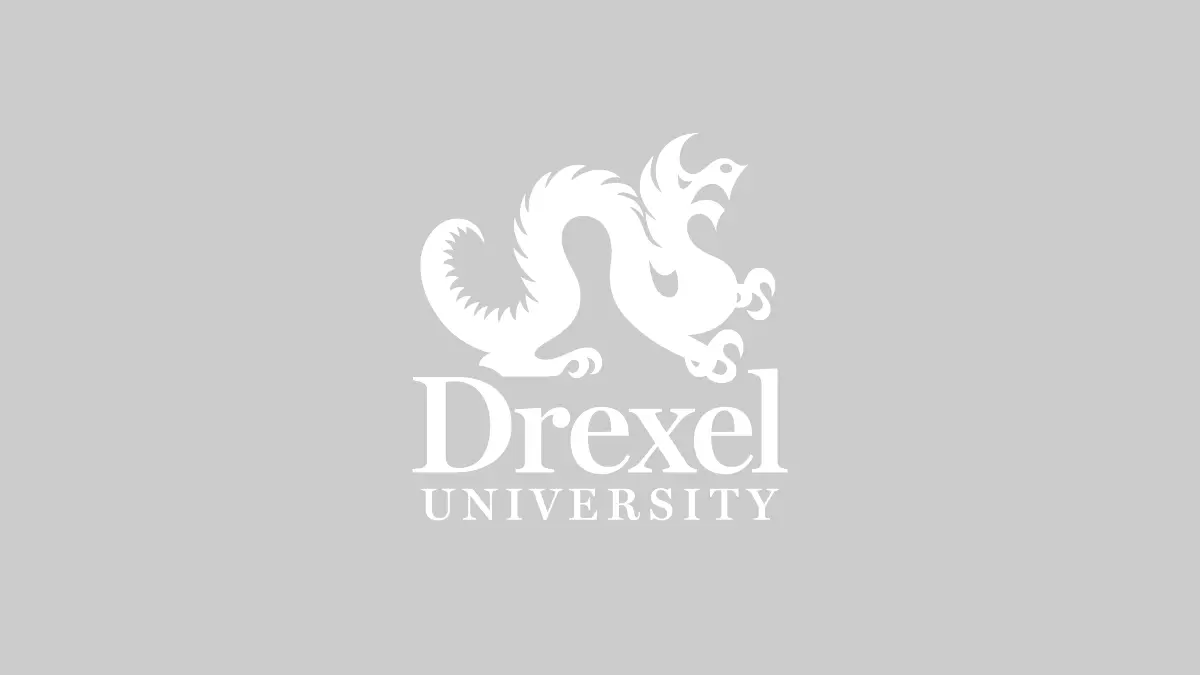LeBow Accounting Professor Discusses Employee Healthcare Models at CFO Alliance
On March 7, Hubert Glover, Ph.D., a clinical associate professor of accounting and member of LeBow’s Corporate and Executive Education faculty, discussed “Healthcare Transformation: New Perspectives and Insights Concerning the Economics Behind Employee Healthcare Models” at the CFO Alliance’s Philadelphia Chapter.
Dr. Glover dissected the healthcare discussion into three talking points: organizational, benefits administration and employee characteristics. Organizational
CFOs and other C-level executives are more actively involved in negotiating and impacting healthcare costs and policies, Glover said. It is not only important to look at the aggregate cost data, but it is very helpful to look at the cost breakdown in itemized bills. Dr. Glover mentioned the challenges of obtaining cost information and increasing transparency, as well as the need for CFOs to get more involved.
No organization possesses all the internal expertise to manage the issues surrounding healthcare, Glover said. All internal contributing departments need to look inward and collaborate to meet employee needs while controlling costs. However, many organizations tap into external expertise such as healthcare brokerages and HR consulting firms to share the workload.
Benefits Administration
Some organizations with more of an influence over cost structure choose to be self-insured, while others pool together to self-insure, Glover said. Sometimes, the cost of being self-insured may be less expensive than being fully insured. Some companies offer two, main plan options: a lower premium plan for individuals and a higher premium plan for families. To improve employee satisfaction and engagement, it is important for companies to take stock of employee preferences vs. executive preferences.
Some companies know about their employees’ health insurance consumption patterns and cost drivers. Self-funded plans have more access to this information, Glover said. A good first step for companies is to review their PPO Agreement and ask for a few itemized bills. Employees can help the company by verifying that all billed charges were actually delivered.
Employee Characteristics
A few employers, including Drexel University, provide an annual total compensation statement to employees. This statement allows employees to see similar information during the annual open enrollment period for benefits that display monthly employee and employer costs. The annual total compensation statement typically includes annual costs for direct compensation (including salary and bonus information) and indirect compensation, including health, welfare, retirement, work-life and statutory benefits — showing both employer and employee contributions. Several HR consulting firms work with companies to communicate this powerful total rewards concept to their employees.
In addition, some employers have enabled their employees to take ownership in reducing total healthcare costs and manage their health by implementing wellness programs. These programs build awareness and enable employees to earn credits if they sign a statement confirming they are non-smokers, participating in smoking cessation programs, submit healthcare assessments, or obtain annual physicals.
Other best practices include contests for losing the most weight, health fairs, health coaches and a health truck that provides blood work. Programs that offer screening and tests engage employees to improve their health and to be prudent healthcare consumers. Sometimes these programs can directly lead to the diagnosis of previously undetected conditions.


